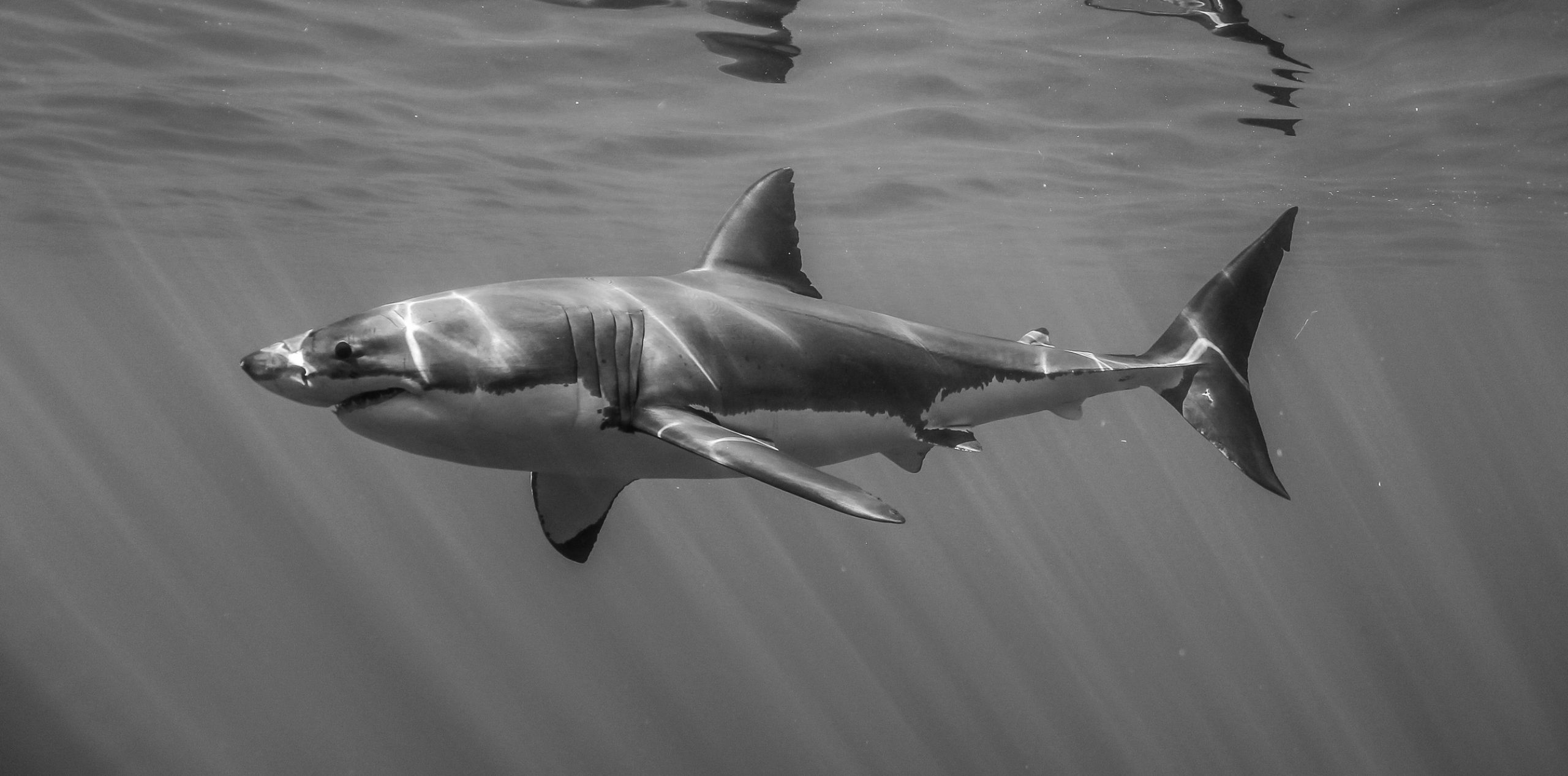Stars in their eyes (well, skin).
“Tonight Matthew i’m going to be…..” OK, enough of the British TV show references (of a particular era)! I actually want to talk about Smooth-hound sharks, Starry Smooth-hound identification to be exact (Mustelus asterias).

Recently i was given a box of trawl captured smooth-hound sharks from a local fish wholesaler for fecundity research as well as for ‘shark school’ my outreach programme. These sharks had been caught in the North Sea and upon initial external inspection provide a perfect example of how difficult it is to separate the Common Smooth-hound (Mustelus mustelus) from the Starry (M. asterias), when the white spots are used as the principal method of distinguishing between species (as they often are).

As you can see from the above photo, white spots can be clear or absent as well as feint, in individuals of the same species. Thus, spots are a poor taxonomic indicator. Differences in other external characteristics can be employed including; fin position and morphological characteristics of dermal denticles. However these can also be ambiguous, with the only definitive method of discrimination being the differences between their forms of viviparity (reproductive methods). The common smooth-hounds develop a placental connection with the mother through the interaction of the yolk sac, egg envelope and uterine wall whereas the Starry have no physical connection to the mother and rely on the yolk sac during early stages of development. Of course this is simply not a practical method for live animals and is obviously no use for males.

A study by Farrell et al back in 2009, developed a genetic identification method to distinguish between mustelus and asterias. During that study samples were collected from 431 animals caught in the North East Atlantic, the Irish Sea, the Celtic Sea, the Bristol Channel and the North Sea. Of these 43 had been visually identified as mustelus species. However genetic analyses proved that in fact ALL of these individuals were in fact asterias. So, if you see a smooth-hound around the British coastline be it with or without those stars, it’s pretty reasonable to assume you’re looking at a Starry Smooth-hound Mustelus asterias.






